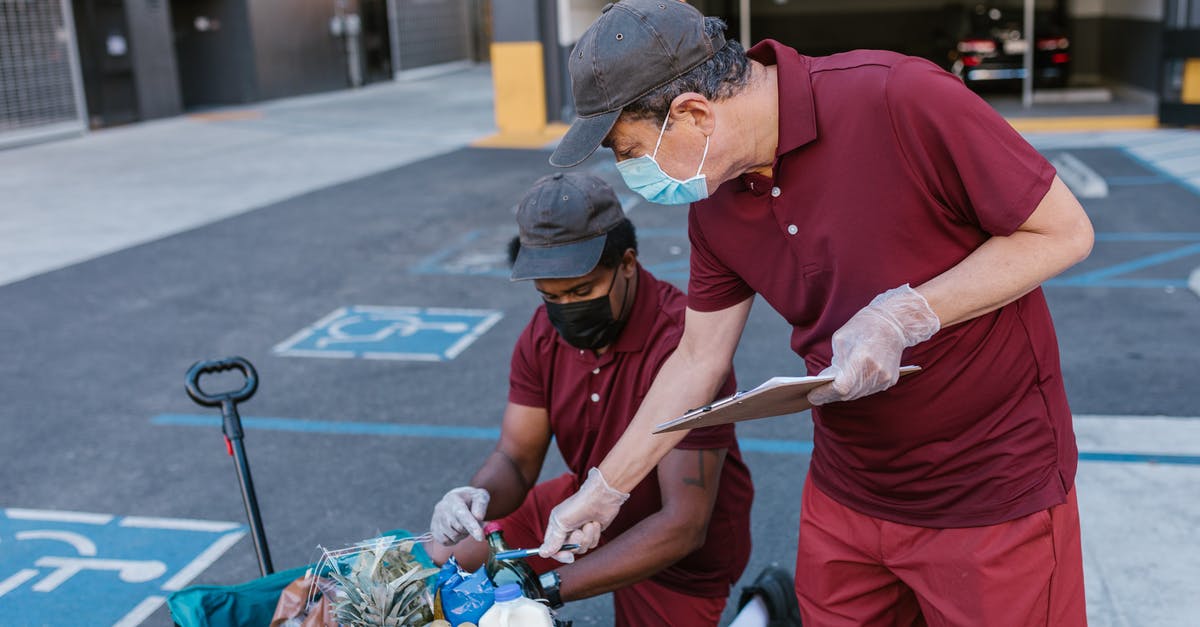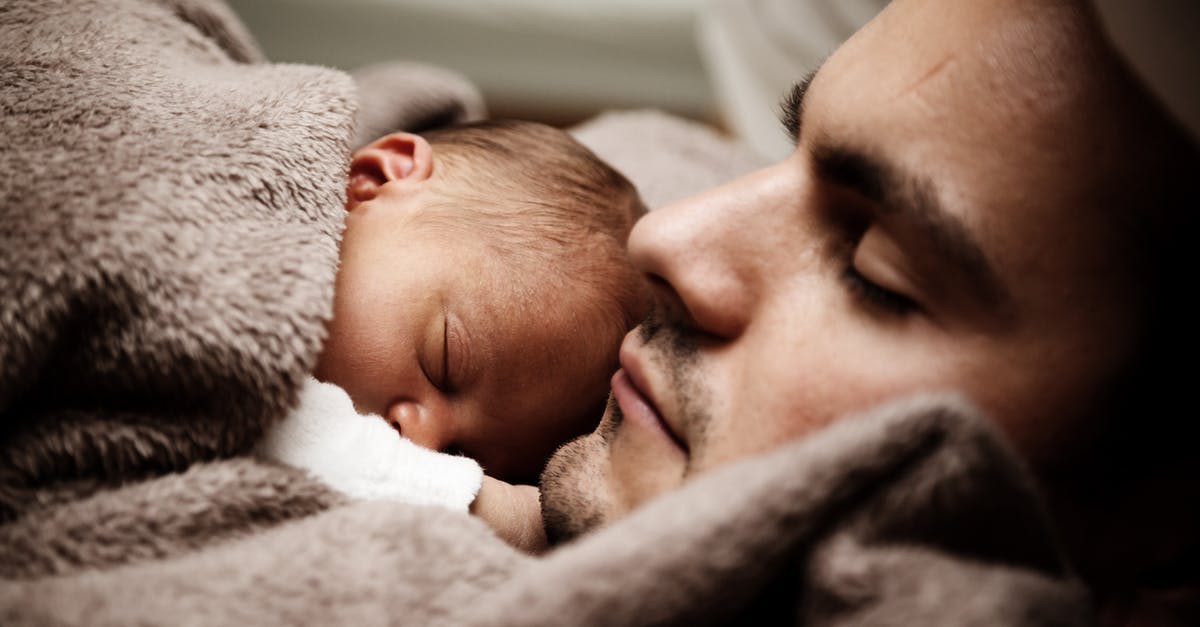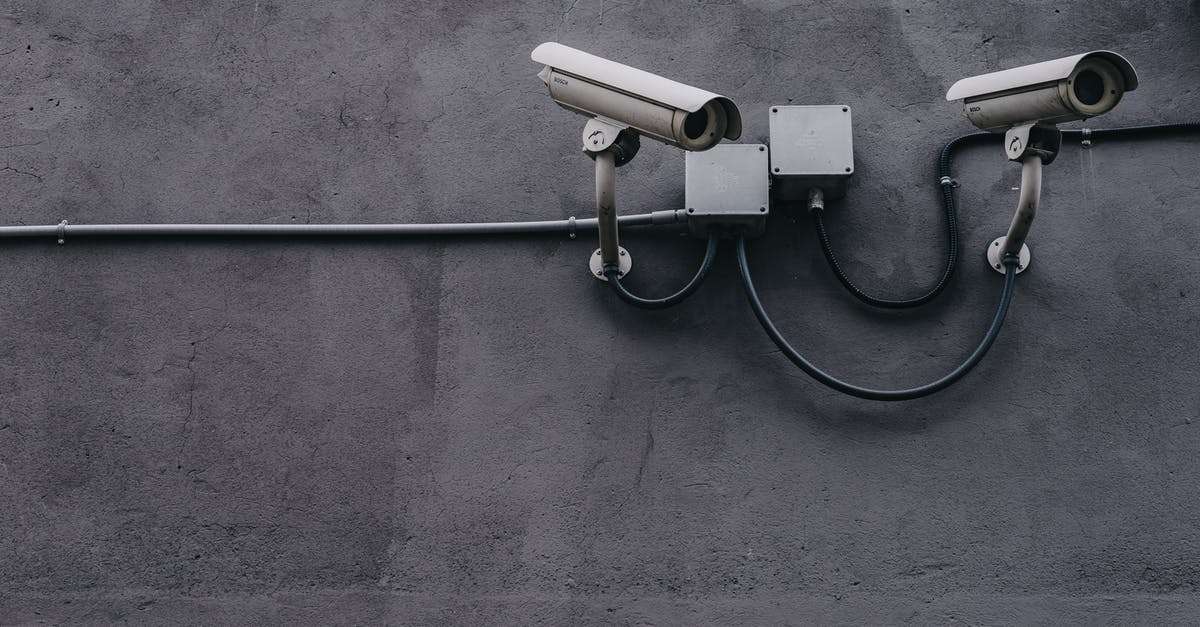Is Greenpan safe?

We've been using this environmentally friendly non stick pan called the Green pan from Costco and I've done some research on it, but I cant seem to find anything or anyone debunking the safeness of the pan. I've heard a lot about those so-called "environmentally friendly" products being just another money grab.
Are they safe to use? Is it another Teflon? Would cast iron be better solution for pans?
Best Answer
I've seen these pans at one of the local cookware/houseware stores as well and wondered the same thing. The best I've been able to dig up so far is the following:
GreenPan's official statement about their material is:
GreenPan™ does not use PTFE, but brings with Thermolon™ non-stick technology a healthy alternative to the market. Thermolon™ is heat resistant up to high temperatures. This means that GreenPan™ has an extra safety feature; if you overheat your pan, even up to 450°C/850°F, no toxic fumes will be released and the coating will not blister or peel.
Obviously I can't verify the claims about overheating and the absence of fumes or blistering/peeling, but one thing is for certain: The pans are not Teflon. Instead they use a Thermolon compound, which really and truly does not use PTFE, the "harmful" compound in Teflon products.
Of course, as we all know, that doesn't mean it's safe. This "Thermolon" stuff is brand-new to the market so there's been very little real-world testing done. And nobody seems to know exactly what it's made of. If you look at early sources you'll see them blathering on about it being made with "nanotechnology", but I found an interesting little tidbit on Mother Nature Network:
UPDATE: Thermolon’s non-stick formulation is actually not the product of nanotechnology. It turns out that one of the company’s “over-enthusiastic” copy writers slipped that description in because it “sounded high-tech,” not because it was true.
This information seems to be confirmed at SuperEco. None of them cite a source, but apparently this came straight from the horse's mouth (Thermolon) - they refuted the nanotech claim themselves.
So one thing we do know about this company is that they've made at least one bald-faced lie. That's not enough to indict them on safety terms but it certainly does cast a suspicious light on them. The company is also in South Korea - again, not that this necessarily means anything but SK has a pretty dismal track record when it comes to safety.
It's also interesting to read some of the reviews. I've seen several go like this on one the MNN page:
Obviously all these great comments about the pans were from people who most likely had only these pans for a few months. They worked great for about 6 months and then every single think I cooked started to stick and burn to the pans.
Other people say they lasted for a year, two years, etc., but all seem to confirm the same basic fact: the non-stick coating wears off over time. If it wears off, it has to go somewhere, and that somewhere is probably in your food. Whether or not these incredibly tiny amounts of unspecified ceramic material are actually dangerous remains to be studied.
So to summarize, here's what the reality seems to be:
- Is it Teflon? No, and it doesn't use any PFOA/PTFE.
- Is it safe? Inconclusive. So far there's no evidence of safety issues.
- Is it eco-friendly? Given that the company is so defensive about its manufacturing process, I'm inclined to believe that their "green" claims are exaggerated at best.
- Is it actually any good? Only with very light use, according to the reviews.
ANOTHER UPDATE: GreenPan™ appears to have added more relevant information to their new site greenpan.us since this original Q&A occurred. They now describe their coating as "ceramic" and claim that it is a formulation that is a patented solution of sand and water:
Thermolon is the ceramic non-stick coating used on all GreenPan non-stick cookware. It is a coating that is manufactured without PFAS, or PFOA, and does not contain any lead or cadmium. It is made from Silicon (not to be confused with silicone), basically sand, that has been transformed into a spray-able solution and then cured onto the pan in the oven.
However, this once again appears to be a bit inaccurate. This appears to be the Thermolon Patent (from Google's Patent database). The patent describes the coating as containing "silane or an oligomer derived therefrom", silicone dioxide, one or more of "tourmaline, yellow ocher, sericite, amethyst, bamboo charcoal, obsidian, elvan and lava", one or more of "strontium, vanadium, zirconium, cerium, neodymium, lanthanum, barium, rubidium, cesium and gallium", and pigment. While silicon dioxide (basically sand) is one of the main components, the additional components include a lot more than just silicon.
Pictures about "Is Greenpan safe?"



What is the safest cookware for your health?
Best and Safest Cookware- Cast iron. While iron can leach into food, it's generally accepted as being safe. ...
- Enamel-coated cast iron. Made of cast iron with a glass coating, the cookware heats like iron cookware but doesn't leach iron into food. ...
- Stainless steel. ...
- Glass. ...
- Lead-Free Ceramic. ...
- Copper.
Are Green Life pans safe?
The technology of Thermolon is patented by GreenLife. This material guarantees that their ceramic coat is safe to use and 100% PFOA, Lead and Cadmium free.Is ceramic pan cancerous?
So no, ceramic cookware and modern-day PTFE non stick cookware do not cause cancer. Although, ceramic cookware may contain lead and other dangerous heavy metals.What is GreenPan coated with?
The ceramic non-stick coating used on all GreenPan non-stick cookware is Thermolon. It is a coating that is manufactured without any Aluminium, PFAS, PFOA, PTFE, Lead, Cadmium, or other toxic chemicals.GreenPan I Is the coating of your non-stick cookware safe?
More answers regarding is Greenpan safe?
Answer 2
I can verify that the green pan can handle high heat. My wife accidentally left the green pan on the element on high for more than 8 hours (she left the pan on the element in the morning and then went to work and totally forgot about it). When i returned later that afternoon around 5pm, the pan was on the stove with the element on high and the pan did not melt of lose its structure. I think with a non-ceramic pan, there is good chance it would have started a fire and burned the house down. So i was grateful that the green pan could handle the heat!
Sources: Stack Exchange - This article follows the attribution requirements of Stack Exchange and is licensed under CC BY-SA 3.0.
Images: RODNAE Productions, Pixabay, Luis Dalvan, Scott Webb
